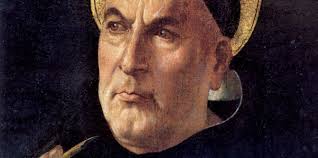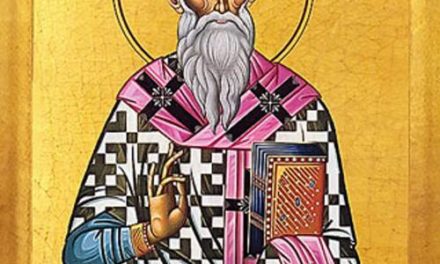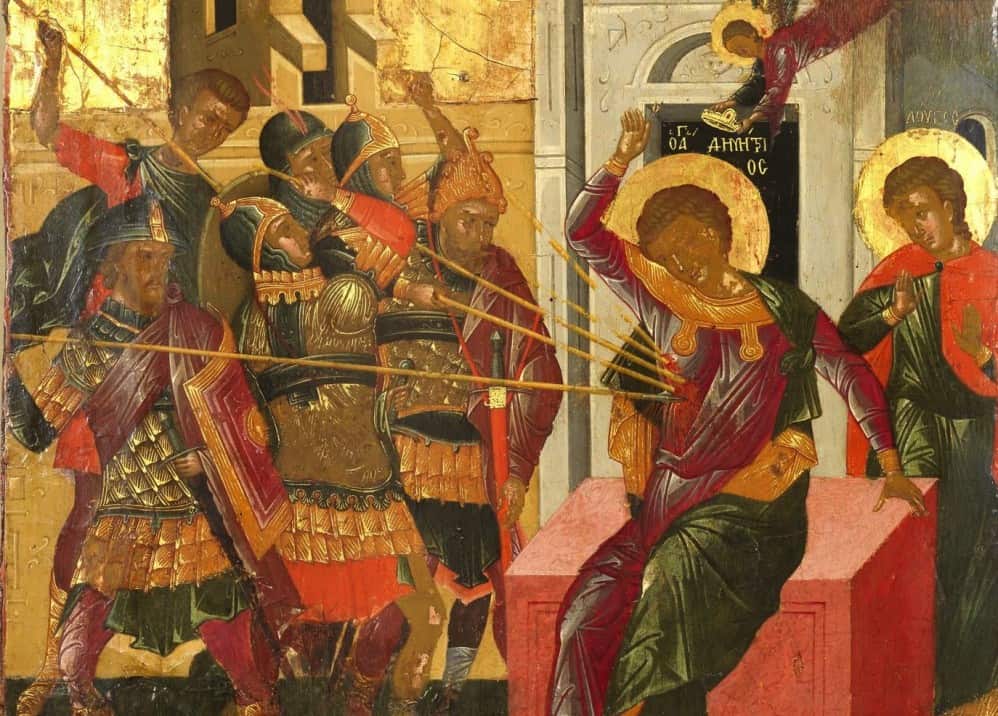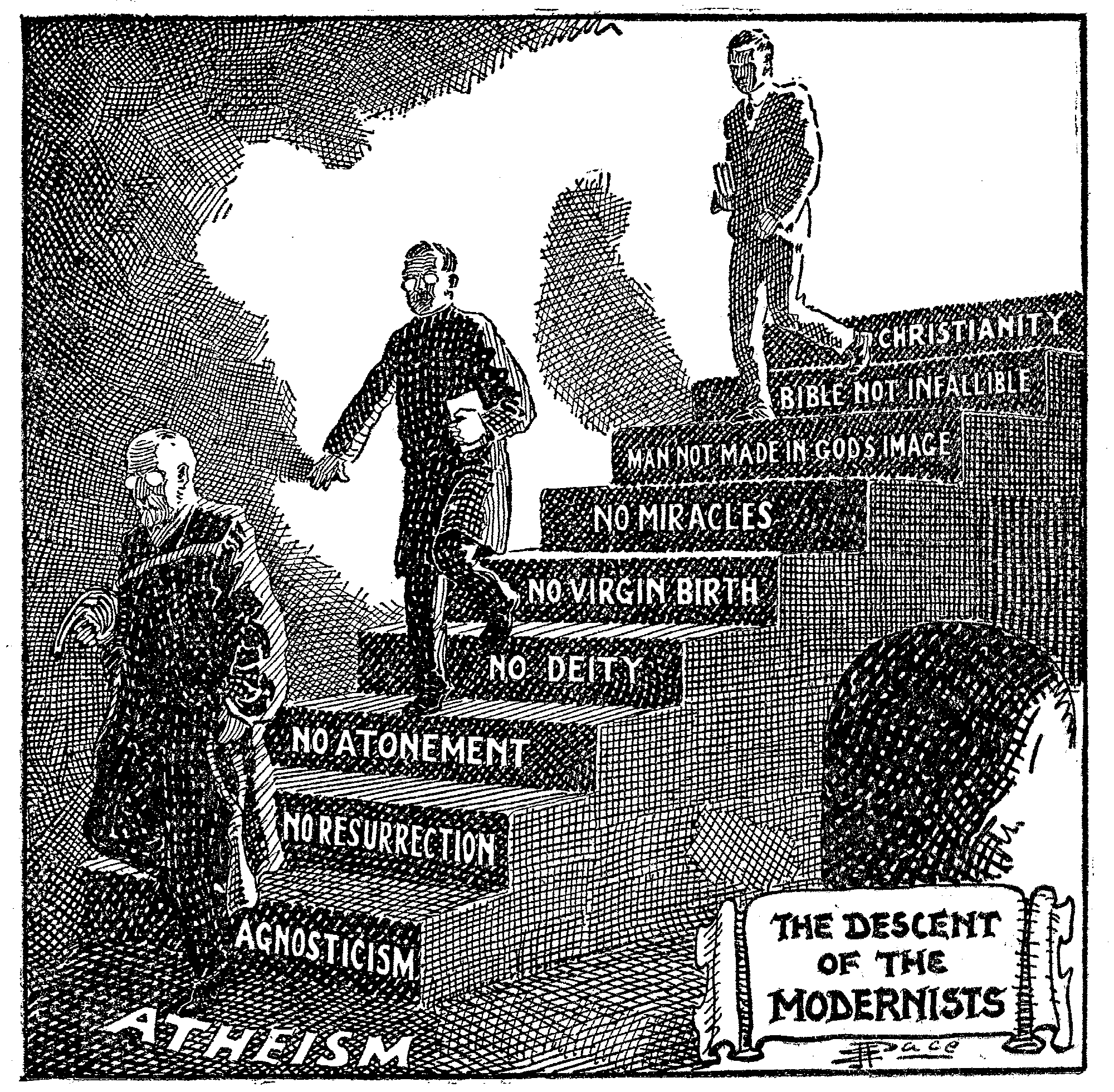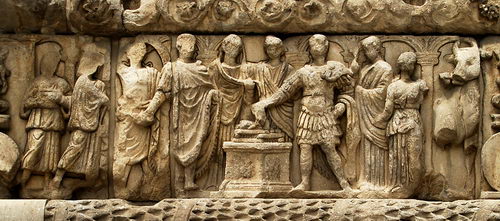This Episode is titled “God’s Ox.”
I begin with a thanks to those who’ve given a review of CS on the iTunes store where many subscribe to the podcast. While iTunes is just one outlet for the podcast world, it turns out to be THE MAJOR venue for rating and promoting podcasts.
Look, what we’re doing here is ultra-amateur. CS is a labor of love and makes no claim at being a scholarly review of history. I share these episodes in the hope others can tag along and learn alongside me. I make no claim that this is exhaustive. On the contrary; it’s a cursory account meant to give a brief overview of Church history; a kind of verbal fly-over; with occasional moments when we linger over something interesting. I aim to give listeners a basic sense of when events occurred in relation to each other; who some of the main actors and actresses were with the part they played. And as I’ve said before, the episodes are intentionally short to make it easy to listen in the brief snatches as people are working out, doing chores, going for a walk, driving to work. What’s a kick is to hear about all the ways people HAVE connected to CS. Several have queued up a bunch of episodes and listened as they drive across country or fly overseas.
I was at a conference a while back, talking quietly to some friends when a guy sitting in the row in front of me turned around and said, “Are you Lance? Do you have the podcast, Communio Sanctorum?” He recognized my voice. We had a great time getting to know each other better. Another time while on a tour of Israel, I met a guy in the dining room of one of our hotels who’s a fan of the podcast. What a kcick that was.
Anyway – I appreciate it when people leave comments on the FB page or send an email. But best of all is to rate the podcast and write a quick review on iTunes, then tells your friends to give us a listen.
Now, back to the Scholastics.
Though fueled by the work of Abelard and Anselm, Scholasticism reached its zenith when the Greek philosopher Aristotle was re-discovered by scholars in Europe. The Crusades made contact with Muslim scholars who debated Aristotle’s philosophy. Their thoughts returned with the Crusaders and were passed on to the theological schools located in the mendicant orders of the Dominicans and Franciscans. These were the groups the Church had invested with the study of theology. During the mid-13th C, there was something of an Aristotelian revival in these schools. It’s interesting that at the dawn of the 13th C, the reading of Aristotle was banned! After all, he was a pagan Greek. What could Christians learn from him? But, as any college knows, there’s one way to make sure something gets read. Ban it, place a prohibition on it. So a couple decades later, portions of Aristotle were allowed to be read. By mid-Century, he was required reading and both he and his mentor Plato and his teacher Socrates were unofficially baptized and made over into pre-Christian saints.
It makes sense that Aristotle’s philosophy would be resurrected when we remember the goal of the Scholastics was to apply reason to faith; to seek to understand with the rational mind what the spirit already believed. It was Aristotle who’d developed the rules of formal logic.
During the Middle Ages in Europe, all learning took place under the watchful eye of the Church. Theology reigned supreme among the sciences. Philosophers like Aristotle, the Muslim Averroes [ah-ver-O –ee], and Jewish Maimonides were studied alongside the Bible. Scholars were especially fascinated by Aristotle. He seemed to have explained the entire universe, not by using Scripture but by his powers of observation and reason.
For some ultra-conservatives, this emphasis on reason threatened to undermine traditional belief. Christians had come to think that knowledge could come only through God’s revelation, that only those to whom God chose to reveal truth could understand the universe. How could this be squared with the knowledge taught by these newly re-discovered philosophies?
The pinnacle of Scholastic theology arrived with Thomas Aquinas. His work forever shaped the direction of Catholicism. His influence was so profound he was given the title “Dr. Angelicus – the Angelic Doctor.” His magnum opus was Summa Theologica in which he said philosophical reasoning and faith were perfect complements: Reason leads to faith.
He was born in Italy to Count Lundulf of Aquino and his wife Theodora. It became clear at a young age that Thomas would be a physically large child. At 5 he was sent to a school at the nearby monastery of Monte Cassino that Benedict had started 700 yrs before. At 14, Thomas went to the University of Naples, where his Dominican teacher so impressed him Thomas decided he too would join the new, study-oriented Dominican order.
His family fiercely opposed this, hoping he’d become a wealthy abbot or archbishop rather than take the mendicant’s vow of poverty. Thomas’s brothers kidnapped and confined him for over a year. His family tempted him with a prostitute and an offer to buy him the archbishopric of Naples. Thomas would have none of it. He went to Paris, medieval Europe’s HQ of theological study. There it was that he came under the spell of the scholar Albert the Great.
When Thomas began his studies, no one would suspect the future that lay before him. He was colossally obese, much of his size due to suffering from edema, AKA dropsy. He had one huge eye that dwarfed the other and gave his face a distorted aspect many found disconcerting. Socially, he was anything but the dynamic, charismatic figure some might assume; you know – something to make up for his awkward physical appearance. Aquinas was introspective and silent most of the time. When he did speak, what he said often had nothing to do with the conversation at hand. In college his classmates called him “the dumb ox,” a title that seemed apropos for both appearance and behavior.
What people didn’t realize till later was the incredibly keen mind behind the unassuming exterior, and the brilliant way he was able to marshal his thoughts into persuasive language others could understand. Remember that the goal of the Scholastics was to provide a rational understanding to what Christians believe. Aquinas gave critical support to such doctrines as the attributes of God, the Resurrection, and ex-nihilo creation; creation out of nothing. While these are things most Christians hold to, Aquinas also provided support for distinctly Roman beliefs; such as the veneration of Mary, purgatory, the role of human merit in salvation, and the seven sacraments by which God conveys grace through the Roman clergy. He also gave much support to Transubstantiation, the idea that the Communion elements are turned into the actual, literal body and blood of Christ in the Mass.
His theological and philosophical thoughts consumed him. According to one account, he was dining with King Louis IX of France. While others engaged in conversation, Thomas stared off into space, lost in thought. Forgetting or not caring where he was, he slammed his fist on the table and shouted, “Ah! There’s an argument that will destroy the Manicheans!” — a heretical group from ages before.
At the beginning of his Summa Theologica, Thomas distinguished between philosophy and theology, between reason and revelation. Contrary to what some had claimed, true theology and philosophy don’t contradict each other. They are each avenues of knowledge ordained by God.
Following Aristotle’s lead, Thomas proposed that reason is based on what our senses tell us—what we can see, feel, hear, smell, and touch. Revelation is based on more. While reason can lead us to belief in God—something that other theologians like Anselm had already said—only revelation can show us God as He really is, the God of the Bible. Philosophy makes clear the existence of God. But only theology based on Revelation tells us what the God Who exists is like.
Thomas accepted Aristotle’s principle that every effect has a cause, every cause a prior cause, and so on back to the First Cause. He declared creation traces back to a divine First Cause, the Creator. However, the full knowledge of God—the Trinity, for example—comes only through revelation. From this knowledge we discover man’s origin and destiny.
Aquinas went on: Man is a sinner in need of special grace from God. Jesus Christ by his sacrifice has secured the reconciliation of man and God. All who receive the benefits of Christ’s work are justified, but the key, as in traditional Catholic teaching, lies in the way the benefits of Christ’s work are applied. Christ won grace; but the Church imparts it. Aquinas taught that Christians need the constant infusion of “cooperating grace,” whereby the Christian virtues are stimulated in the soul. Assisted by this cooperating grace a Christian can do works that please God and gain special merit in God’s sight.
This grace, said Aquinas, comes to men only through the divinely appointed sacraments placed in the keeping of the Church; that is the visible, organized Roman Church, led by the Pope. So convinced was Aquinas of the divine authority of the papacy he insisted that submission to the pope was necessary for salvation.
Following an earlier Scholastic, Peter of Lombard, Aquinas held to seven sacraments as a means by which the Church imparts grace to people. He said since sin remains a problem for the baptized believer, God provided penance, a sacrament that made for spiritual healing.
With some caution, Thomas also accepted the practice of indulgences that had gained acceptance during the Crusades. Aquinas taught that thanks to the work of Christ and the meritorious deeds of the saints, the Church had access to a “treasury of merit”—a kind of great spiritual reservoir of excess goodness. Priests were able to draw from this reservoir to aid Christians who had insufficient merit of their own. We’ll take a closer look at indulgences later when we get to the Reformation.
Aquinas said the wicked pass into hell while the faithful who’ve wisely used the means of grace pass immediately to heaven. But the bulk of Christians who’d followed Christ inadequately, had to suffer purification in purgatory before ascending to the joys of heaven. Thankfully, these souls are not beyond the help of the Church on Earth, Aquinas reasoned. Prayers to the saints and special masses could relieve the pains of souls in purgatory.
Now, there was nothing new in all this. It’d been said many times before. But Thomas set the traditional teachings of the Church in a cosmic framework.
Thomas’s writings, and there were more than what was contained in the Summa, were attacked before he was in his grave. In 1277, the archbishop of Paris tried to have Thomas condemned, but the Roman clergy put a stop to it. Though Thomas was canonized in 1325, it took another 200 years before his teaching was hailed as pre-eminent and a major rebuttal to Protestantism. His writings played a prominent role in the Counter-Reformation’s Council of Trent.
In 1879, a papal bull endorsed Aquinas’s theology, today known as Thomism, as an authentic expression of doctrine and said it should be studied by all students of theology. Both Protestant and Catholic scholars study his work deeply.
Thomas himself would probably not be pleased. Toward the end of his life, he had a vision that forced him to drop his pen. Though he’d experienced such visions for years, this was different. His secretary begged him to pick up his pen and continue, but Aquinas replied, “I cannot. Such things have been revealed to me that what I have written seems but straw.” His Summa Theologica, one of the most influential writings in Church history was left unfinished when he died three months later.

